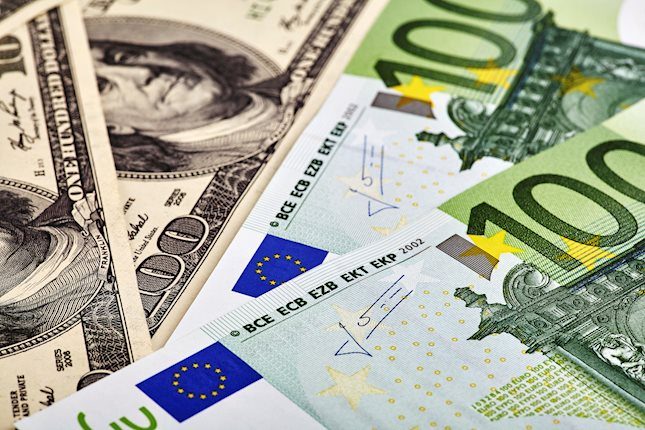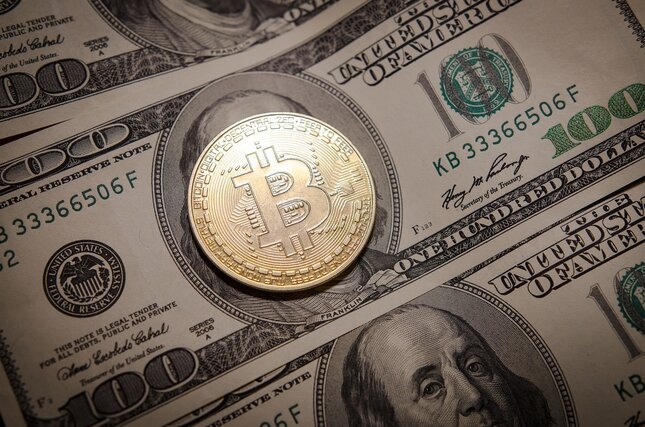Fears over the health of the global economy resurfaced yesterday for the second time this week, with EU PMIs announced at the weakest level in nearly sixteen months sending the Eurodollar back down to 1.2509 on Thursday morning. China’s HSBC Manufacturing PMI also unexpectedly stalled during November, just days after house prices declined by more than expected. Both will likely lead to even further calls for the People’s Bank of China (PBoC) to add further stimulus to boost the Chinese economy.
The Eurozone PMI data is a blow to EU economic sentiment which I thought might be attempting to turn the corner following the German ZEW Survey rising for the first time in nearly a year earlier in the week. The disappointing EU PMI for November will lead to further anxiety that Europe is entering a period of stagnation and subsequently, add further pressure on the ECB to do more to reinvigorate growth. As always, this will lead to further discussions about the ECB needing to introduce QE. I have questioned many times in the past whether QE actually works, but I am also starting to wonder whether the EU economic struggles are really down to the ECB’s failure to successfully introduce new stimulus measures?
It is possible that the current economic problems within the Eurozone are not linked to monetary policy, but reduced global demand for EU products. If you take a look at Asia, the Chinese economy is slowing down and Japan recently entered a recession. Europe actively trades with both nations, and the Eurozone is also encountering weak investor confidence alongside low inflation, and this is also likely limiting demand for trade among Eurozone nations. Finally, it’s also possible that the economic sanctions imposed on Russia might be having a detrimental impact on EU sector growth.
Overall, there are so many different possible factors to look at when it comes to the Eurozone economic problems, that it would be unfair to continue to expect the ECB to take action. After all, the central bank has already acted to boost the economy at least three times within the past year, with Draghi himself stating on various occasions that the ECB is limited in terms of other interventions it can take.
Aside from the disappointing economic data from Europe and China, Japanese Machine Tool Orders rising by an annualised 30% in October provides some confidence that spending might finally be returning to the Japanese economy. This data followed last week’s Machine Orders rising by an annualised 7% and, as long as economic data from Japan continues to improve, it should only be a short recession for the world’s third largest economy. After reaching 118.971 at the end of Thursday’s Asian session, the USDJPY pulled back to as low as 117.774.
Elsewhere, the Cable performed in line with forecasts with the pair entering 1.57 (1.5721) following a boost when UK Retail Sales increased by an annualised 4.6%. Bearing in mind UK average wages are now outgrowing inflation levels for the first time in five years, we are looking at retail sales entering the festive season with some real momentum. As mentioned previously, investor attraction to the Sterling has weakened substantially now the general consensus is that the Bank of England might delay raising rates for up to one year, and this can be seen by the Cable pulling back to 1.5675 by the time the US session commenced.
Comparebroker is a comparison site and we spend hundreds of hours to keep the information up to date. However, users are advised to do their own due diligence and nothing can be perceived any advise. The content on the website is purely for education purposes only
Recommended Content
Editors’ Picks

EUR/USD clings to recovery gains near 1.0850 ahead of Fedspeak
EUR/USD trades in positive territory near 1.0850 on Friday following a four-day slide. China's stimulus optimism and a broad US Dollar correction help the pair retrace the dovish ECB decision-induced decline. All eyes remain on the Fedspeak.

GBP/USD pares UK data-led gains at around 1.3050
GBP/USD is trading at around 1.3050 in the second half of the day on Friday, supported by upbeat UK Retail Sales data and a pullback seen in the US Dollar. Later in the day, comments from Federal Reserve officials will be scrutinized by market participants.

Gold at new record peaks above $2,700 on increased prospects of global easing
Gold (XAU/USD) establishes a foothold above the $2,700 psychological level on Friday after piercing through above this level on the previous day, setting yet another fresh all-time high. Growing prospects of a globally low interest rate environment boost the yellow metal.

Crypto ETF adoption should pick up pace despite slow start, analysts say
Big institutional investors are still wary of allocating funds in Bitcoin spot ETFs, delaying adoption by traditional investors. Demand is expected to increase in the mid-term once institutions open the gates to the crypto asset class.

Canada debates whether to supersize rate cuts
A fourth consecutive Bank of Canada rate cut is expected, but the market senses it will accelerate the move towards neutral policy rates with a 50bp step change. Inflation is finally below target and unemployment is trending higher, but the economy is still growing.

Best Forex Brokers with Low Spreads
VERIFIED Low spreads are crucial for reducing trading costs. Explore top Forex brokers offering competitive spreads and high leverage. Compare options for EUR/USD, GBP/USD, USD/JPY, and Gold.